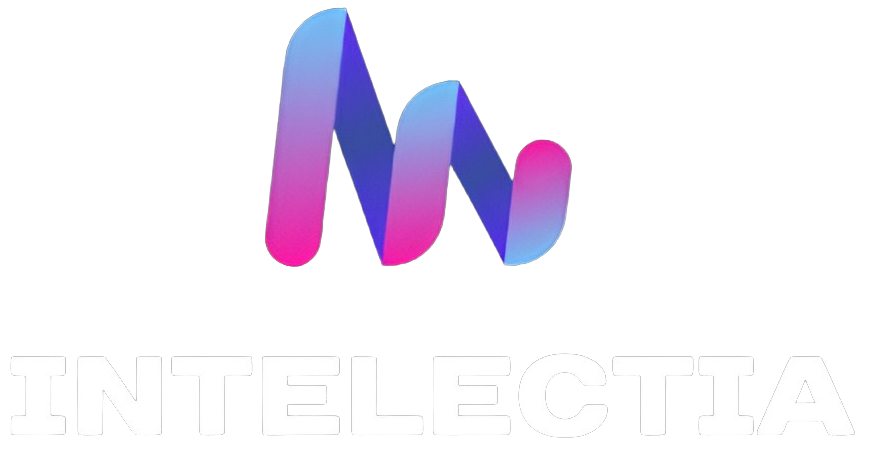In an era where technological advancements are reshaping various industries, the health sector is experiencing a significant transformation through the adoption of voice-to-text transcription technology. This article explores what voice-to-text transcription is, its applications in healthcare, and successful case studies demonstrating its impact on improving medical practices.
What is Voice-to-Text Transcription?
Voice-to-text transcription is a sophisticated technology that converts spoken language into written text. Leveraging automatic speech recognition (ASR) systems, this technology uses voice recognition technology to transcribe audio inputs into text in real-time. The core of this process involves speech-to-text software that analyzes audio signals and applies natural language processing (NLP) to produce accurate text output.
At its essence, voice-to-text transcription facilitates audio-to-text conversion through dictation software and machine learning algorithms. These tools are designed to handle diverse accents, dialects, and speech patterns, which enhances their transcription accuracy. The technology is continually evolving, with advancements aiming to refine its precision and efficiency.
Use of Voice-to-Text Transcription in the Health Sector
In the health sector, voice-to-text transcription plays a pivotal role in healthcare documentation and medical data entry. Its applications extend across various facets of healthcare, significantly improving doctor-patient interaction and overall patient care enhancement.
Streamlining Medical Documentation
One of the primary uses of voice-to-text transcription in healthcare is streamlining workflows. Traditionally, medical documentation required extensive manual input, which was time-consuming and prone to errors. However, with the integration of voice-to-text transcription, healthcare technology adoption has surged, allowing for real-time transcription of medical notes and patient records. This not only reduces the administrative burden on healthcare professionals but also ensures that medical transcription services are both accurate and efficient.
Enhancing Clinical Efficiency
The adoption of voice-to-text technology has also led to significant improvements in medical practice improvement. By automating the process of documentation, healthcare providers can focus more on patient care rather than spending time on manual data entry. This enhanced efficiency contributes to improved patient outcomes, as clinicians can dedicate more time to diagnosing and treating patients rather than being bogged down by paperwork.
Furthermore, hospital workflow optimization is another notable benefit. Voice-to-text transcription helps in organizing patient records and medical histories with ease, thereby facilitating quicker access to critical information. This seamless integration into clinical settings supports more effective healthcare provider experiences and better overall patient management.
Successful Cases of the Use of Voice-to-Text Transcription in the Health Sector
Numerous healthcare institutions have successfully implemented voice-to-text transcription technology, demonstrating its profound impact on the sector.
Case Example: The Adoption of Transcription Tools in Major Hospitals
A notable example is the case of several major hospitals that adopted voice-to-text technology to revolutionize their documentation practices. These hospitals integrated speech-to-text software into their electronic health record (EHR) systems, enabling real-time documentation of patient interactions and clinical notes.
The use of voice-to-text transcription tools allowed these hospitals to achieve remarkable transcription accuracy and streamline healthcare documentation processes. As a result, healthcare professionals experienced a significant reduction in the time spent on administrative tasks, which in turn led to improved patient care and satisfaction.
Case Example: Enhancing Doctor-Patient Interaction
Another successful case involved a network of outpatient clinics that implemented voice-to-text transcription to enhance doctor-patient interaction. By utilizing real-time transcription, doctors were able to document patient conversations instantly, minimizing the risk of missed information and ensuring that all patient concerns were accurately recorded.
This technology not only improved the quality of documentation but also fostered a more engaging and interactive environment for patients. With accurate and timely records, healthcare providers could make more informed decisions, ultimately leading to better patient care enhancement.
Case Example: Improving Workflow Efficiency
A third case study focuses on a regional healthcare system that sought to improve its operational efficiency through the adoption of voice-to-text transcription technology. The system integrated advanced dictation software into its administrative processes, leading to a substantial reduction in manual data entry tasks.
The successful implementation of this technology facilitated smoother streamlining workflows, allowing healthcare professionals to manage patient records and other documentation more effectively. This case highlights how transcription technology impact can significantly enhance operational efficiency and reduce administrative overhead.
In conclusion, the integration of voice-to-text transcription in the health sector represents a transformative shift towards more efficient and accurate medical documentation. By leveraging automatic speech recognition (ASR) and voice recognition technology, healthcare providers can enhance doctor-patient interaction, improve healthcare documentation, and streamline medical data entry.
Successful case studies demonstrate that speech-to-text software and dictation software can lead to tangible improvements in clinical efficiency and patient care. As technology continues to advance, the potential benefits of voice-to-text transcription in the health sector are likely to expand, paving the way for even more innovative solutions in healthcare.
As healthcare institutions embrace these advancements, the future of medical documentation looks promising, with voice-to-text technology playing a crucial role in shaping a more efficient and patient-centered healthcare environment.
Do you want to implement a smart voice processing system based on Artificial Intelligence?
At Intelectia we can offer you the security of having an Intelligent Voice Processing system so that your company can improve its quality of work.
On the other hand, we also offer Intelligent Document Processing with OCR services for all types of companies.
Do not hesitate to contact us, or book a meeting and we will help you in everything that is in our hands.

